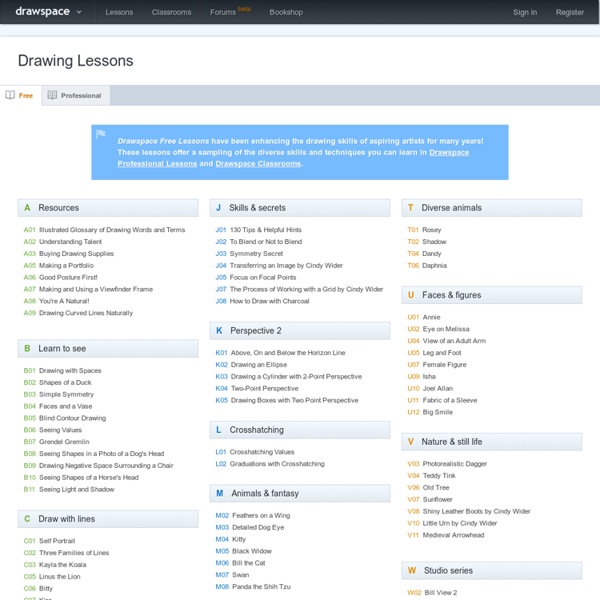Drawspace - drawing lessons

The Stained Glass Museum - Collections
Search the Collections Click here to browse The Stained Glass Museum's Collection We are currently updating our glass catalogue webpages. You are welcome to browse them but please remember they are a work in progress. Glass The Stained Glass Museum's Collection includes over 1,000 stained glass panels from both religious and secular buildings, from all parts of the British Isles. Preparatory Designs, Cartoons, Maquettes The Museum has a small but significant collection of preparatory designs, cartoons and maquettes relating to nineteenth- and twentieth-century stained glass. Tools, materials and other miscellaneous objects The Museum also has a collection of tools and materials related to the design and manufacture of glass, lead and stained glass windows. Objects in the Museum's reserve collection are accessible via prior arrangement. Library You can browse our library collection by clicking here The Library is open to the public via appointment only. Collecting Policy
Arttango.com | Art education lessons and projects for K-5 students
Sitemap for KinderArt ® Art Lesson Plans, Lessons, Projects, Activities and Ideas for Children of All Ages (Kindergarten to Grade Twelve)
We have created this page as an easy reference point containing a list of all the lessons, crafts, activities and articles available at KinderArt.com. You will also find links to our newsletter, blog, about us page and contact information. As more resources are added, you will see them included on this page. Thanks for visiting!~ Andrea ARCHITECTURE (3 lessons) Learning about the man-made world around us. ART HISTORY, ARTISTS AND ART APPRECIATION (47 lessons) Learn about artists past and present. BULLETIN BOARDS (21 ideas) A growing list of ideas for you to use in your classroom. CROSS CURRICULUM Cross curricular lesson plans that link art with other subjects. Art Smart (17 lessons) Computer Art (1 lesson) Geography (2 lessons) History (3 lessons) Literature/Language Arts (20 lessons) Math (20 lessons) Music (12 lessons) Physical Education (1 lesson) Science (9 lessons) Social Studies (3 lessons) Transportation(10 lessons) CRAFTS (52 lessons) Crafty ideas for crafty creators. Visit our BLOG
Charlotte Mason Help: Artist Study Tips
Before you show the print: Ask the children if they know the artist. If not, tell them the name and write it on a dry erase board in large letters. Have the children repeat the artist’s name after listening to your pronunciation. Tell the artist's nationality and where he lived (use a map or globe). married, and how many children he had. A detailed biography is too boring for the students - tell unusual facts about the artist's life, work and personality. Place the artist in history, using historic events that children know. Remember to compare and contrast this artist to other artists When showing the print:For a little drama, drape a large dark piece of cloth over the painting while discussing the artist's background. excitement. Permit them to enjoy looking at the picture before continuing. Ask the students to guess what they think is the title of the painting. Ask the students some of the following questions: What medium did the artist use - oil, watercolor, pencil, etc.?
Related:
Related:



